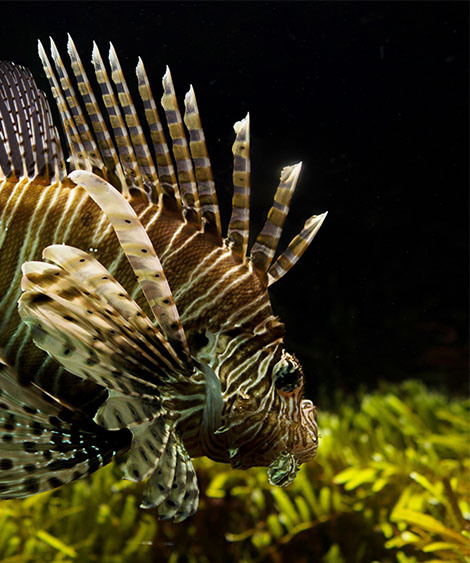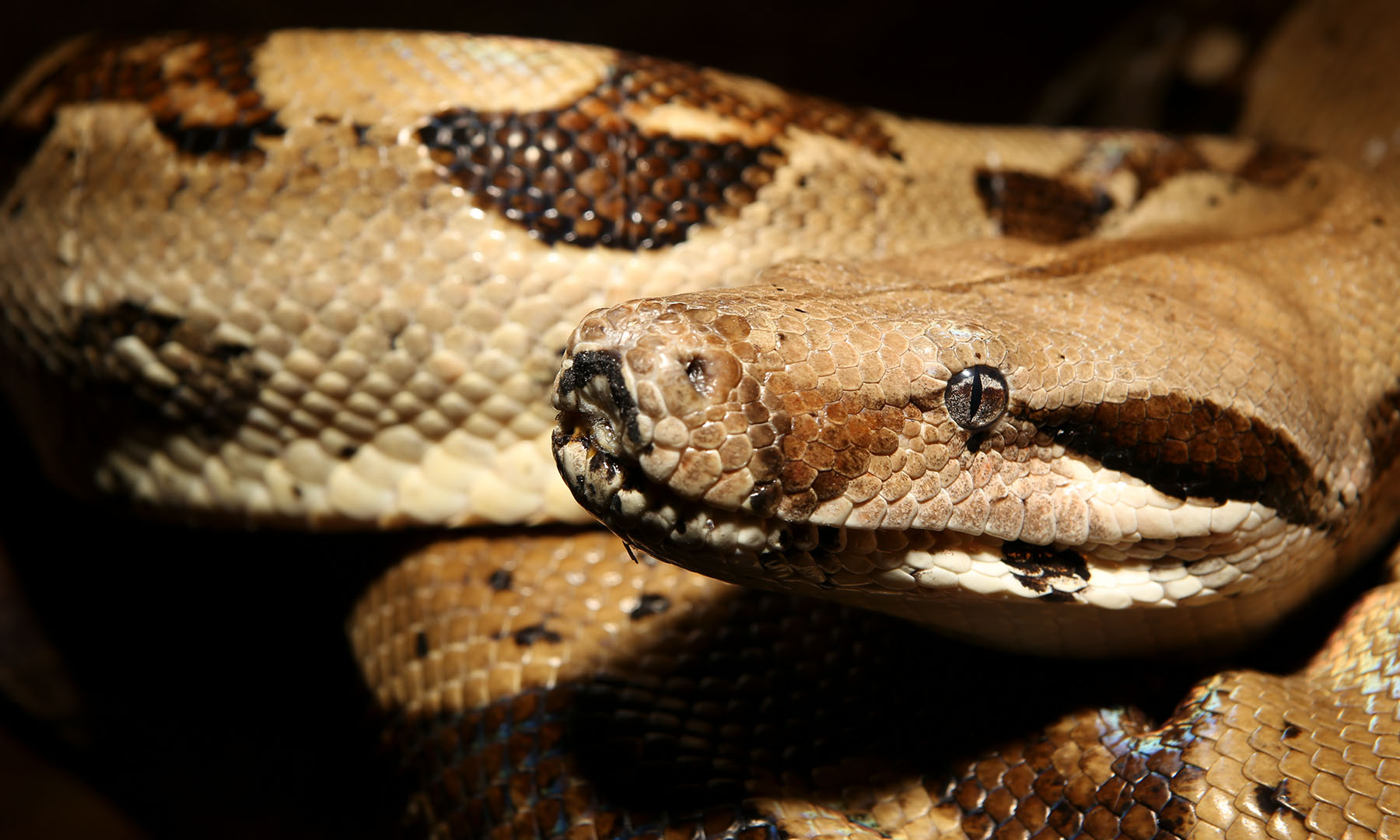Lionfish

Lionfish are found throughout USVI waters. They concentrate near reef environments and rocky outcrops but have been spotted over coral patches, sandy bottoms, and in mangroves, seagrass, and even canal habitats where they hunt.
Lionfish reach sexual maturity at around 1 year of age and will reproduce year-round. Female lionfish can release 2 fertilized egg sacks every 4 days, with each sack containing up to 15,000 eggs. That is potentially 30,000 eggs released per spawning event!
Ecological Impact
Management/Control
What You Can Do!
- Support the Caribbean Oceanic Restoration (CORE) Foundation by
- Reporting lionfish removal, sightings, or lack of sightings using the CORE foundation Lionfish Reporting Form
- Report lionfish to the CORE Hotline @ 1-833-774-CORE (2673)
- Receive training to remove lionfish yourself by volunteering with CORE!
- Donate to CORE
You can report Lionfish sightings and/or interactions by calling the Division of Fish and Wildlife offices directly at (340) 773-1082. You may also submit an anonymous “tip” to the DPNR hotline. This can be done online through the website DPNR Hotline (vi.gov) or on the go through the downloadable DPNR Hotline App!
Download on the Google Play App Store
Download on the Apple App Store
References
- FishBase 2006
- Schofield 2009;
- González et al. 2009
- Richter 2009
- Schofield and Fuller 2006
- Dell 2009
- Red Lionfish: Portrait of an Invasion (windows.net)
Location: 6291 Estate Nazareth St. Thomas USVI 00802
Phone: 1-340-774-3320 1-340-773-1082
Email: info@invasive.vi.gov



